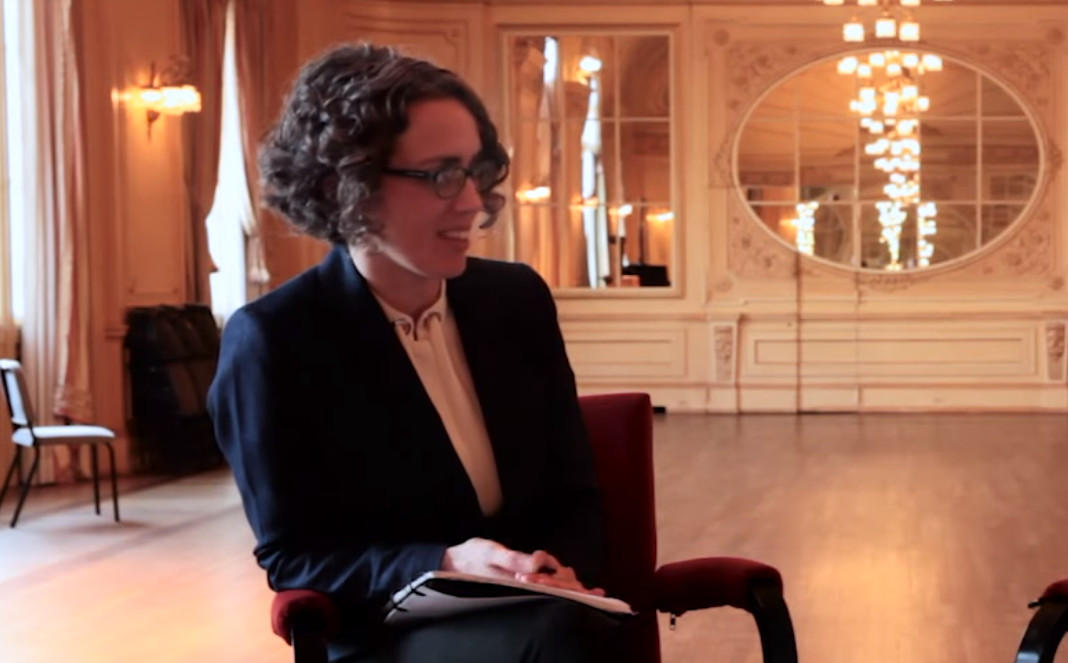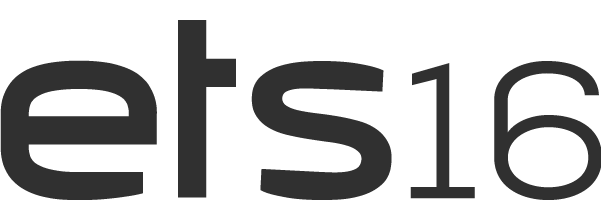
23 Nov [Q&A] H. Christine Richards on transforming infrastructure
In this segment, Drew Johnston, president of Energy Thought Summit, interviews Zpryme’s research director, H. Christine Richards. HCR discusses the need to look longer term in energy, the role of policy and business models in transforming infrastructure, and the potential for a Zpryme beer, along how these themes play out at Zpryme’s flagship event, ETS16. Hear what happened when the roles were reversed and HCR interviewed Drew here.
[Drew] It’s been quite a year in the energy landscape. What’s been the most surprising thing you’ve seen happen since the start of 2015? Why??
[HCR] After my beloved, but historically beleaguered Kansas City Royals won the World Series, I’m not sure much else can really surprise me about this year.
Anyway, I’m not a headline-type person, but I’ve found a lot of surprises exploring the nooks and crannies of what’s happening in energy. A lot of surprises for me came from our ETS@chicago event. One thing that really surprised me there was to see huge energy companies—like Ameren, Direct Energy and ComEd—really embracing startup technologies and providing opportunities for startup companies to test their technologies at scale within these energy companies. With all of the smart meter rollouts and huge technology deployments over the past several years, utilities were looking for those big, stable reliable companies in a sea of vendors that included a lot of startups. But now—with things like distributed energy resources, home energy automation, the Internet of Things—we’re getting to a level where we need a lot of innovation and different solutions for the marketplace. Utilities are stepping up to help bring new ideas to fruition, and I think it is awesome.
Another surprising thing for me was that utilities are realizing that it’s okay to not have to own the customer relationships, there can be other advocates already in the community who can help. I found it really interesting some of the work going on with the Illinois Science and Energy Innovation Foundation (ISEIF) in Chicago where they are really using community groups, such as Faith in Place and the Historic Chicago Bungalow Association, to get customers more involved with their energy consumption.
It always inspiring to hear about new approaches and changes in attitudes, and how people across the country are uncovering innovative ways to make things happen in energy.
[Drew] A lot of analysts ended up eating their shirts after their projections to start 2015 didn’t play out quite as expected. How did you and Zpryme fare in that regard? Were we on target, or did we miss the mark?
[HCR] This is probably cheating, but I can say that we didn’t miss the target because we tend to look at little bit further out. We can’t look at infrastructure and energy in terms of a year, because significant change is going to take years and decades.
Think back several years ago: smart meters were all the rage in terms of topics and there were massive projections, and people missed the mark in the short term. Despite those shortfalls in near-term predictions, things plugged along and it has taken several years for smart meters to really get embedded in the industry. I was just at the Rural Smart Grid Summit in Palm Springs, and it was the first time I asked an audience full of utilities “How many of you have smart meters deployed to all your customers?” and nearly everyone raised their hand. It was so cool to see, but it has taken a while to get there. And now smart meters are unleashing not just better billing that folks looked to several years ago as a key benefit, but they’re unleashing massive change in terms of what other technologies they enable and the business model of utility companies.
I’m thinking I should start a decennial as opposed to annual predictions. There are certainly things to watch out for, but they will be years in the making. For my predictions, I’d say keep an eye on the long-term prospects of machine learning and managed services. They’re buzzwords for sure, but once the hoopla passes, these things are really going to transform the industry and what a utility company even means.
[Drew] There are a lot of balls up in the air now, the fate of Clean Power Plan, Demand Response, Storage and Solar market for a lot of states hangs in the balance of the next few months. How will some of this play out?
[HCR] I think you’re trying to get me to eat my shirt with this question. Policy and regulations are always swinging up and down, and are always knocking at the door of industry. Despite these ups and downs, we’re still going to see this progression toward a truly transformed industry. It has been happening over the past decade in particular, and I don’t see that progression halting. The old system isn’t sustainable in the long run, and although the exact solution—i.e. the exact roles of things like energy storage, renewables and demand response—may vary, things are going to have to change from today’s model.
It isn’t so much about what exact technology prevails as it is the broader business models and policies that sustain a true transformation. With things the like the Clean Power Plan and demand response, at least there is discussion happening at the national level, which is something we need more.
[Drew] You’ve developed a great survey called the Chaos Index for ETS16, tell us a little about that.
[HCR] Sure, as an analyst you’re always trying to measure things. We’re talking a lot about chaos at Zpryme and ETS16, but it is hard to really get sense of how much things are really changing. So, we’re going to attempt to quantify that change happening in the industry, the delta of sorts. And that’s where the Chaos Index steps in. And we really want you to help us measure that change. You can take a quick survey here and share your thoughts. We’d love to hear from you! We’ll be reporting the results at ETS16.
[Drew] What can we expect in the next few months leading up to ETS16?
[HCR] Prepare to be challenged. We’re not just talking about cool new technologies, but the importance of policy, regulatory and business model changes. We’re also expanding our focus to also consider not just energy, but water and transportation, too. We’ll be releasing some great reports, interviews and webinars about these topics, so stay tuned.
[Drew] You stay crazy busy. What are you working on in your spare time?
[HCR] In between CrossFit, massive home renovation projects and working on courses at the University of Denver, my favorite “spare time” project is building stronger connections in my neighborhood through local history research and beer brewing. I live in a post-WWII neighborhood, and most people know little about the area and their neighbors. I dig up local history on the area—from a crazy beach resort in the middle of the plains to massive carnation greenhouses that used to cover the area—and publish articles in the neighborhood’s hand-delivered newsletter. It has been quite different from the research that I do at Zpryme—I’m going through microfilm of old newspapers and having coffee with people in their 90s reminiscing about the old days of the neighborhood.
And our neighborhood just brewed a beer—this is Denver after all—called Carnation Cream Ale that is on tap at a local bar. Through these efforts, we’ve connected with so many neighbors who might not been involved in the larger discussions about the neighborhood. It has been awesome to see the community come together around these efforts, and then start to talk about the neighborhood’s future and building a vision for it.
I definitely feel the same thing is happening with Zpryme and ETS16 on a much larger scale—finding ways to connect people to figure out how to build a stronger industry and really make some great transformations. Maybe we need a Zpryme beer?

